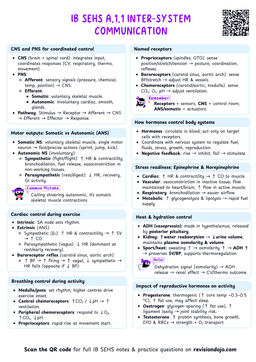Maximal Oxygen Consumption (VO₂max) and Endurance Performance
VO₂ max
VO₂ max (maximal oxygen consumption) is the maximum volume of oxygen that an individual can use per minute during intense exercise.
- VO₂ max is expressed in milliliters of oxygen per kilogram of body weight per minute (mL/kg/min).
- VO₂ max is an indicator of aerobic fitness and determines how efficiently the cardiovascular, respiratory, and muscular systems work together to supply and utilize oxygen.
A higher VO₂ max means:
- Greater oxygen delivery to muscles.
- Enhanced endurance performance and delayed fatigue.
- More efficient energy production for sustained activity.
VO₂ max is often measured in milliliters of oxygen per kilogram of body weight per minute (ml/kg/min).
Importance of VO₂ Max in Exercise and Sports
- Determines aerobic endurance capacity: A higher VO₂ max means an athlete can sustain exercise for longer without fatiguing.
- Measures cardiovascular efficiency: A well-conditioned heart and lungs enhance oxygen delivery to muscles.
- Used for performance prediction: VO₂ max is a strong indicator of endurance performance in sports like marathon running, cycling, and rowing.
- Reflects overall fitness: VO₂ max is used in health assessments and athlete monitoring.
An elite cross-country skier or marathon runner may have a VO₂ max of 70–85 mL/kg/min, while an average untrained person might have a VO₂ max of 35–50 mL/kg/min.
Common MistakeSome students think VO₂ max is the only factor affecting endurance performance, but running economy and lactate threshold are just as important.

Factors Influencing VO₂max
1. Age
- VO₂ max peaks in the late teens to early 30s and declines at a rate of about 1% per year after 25–30 years of age.
- The decline occurs due to reduced stroke volume, cardiac output, and muscle efficiency.
A 20-year-old might have a VO₂max of 45 ml/kg/min, while a 60-year-old may have 30 ml/kg/min.
2. Sex Differences
- Males typically have 10–20% higher VO₂ max than females due to:
- Larger lung capacity → More oxygen intake.
- Higher hemoglobin levels → Better oxygen transport.
- Greater muscle mass → Increased oxygen demand and utilization.
- However, trained female endurance athletes can still have a higher VO₂ max than untrained males.
When expressed relative to fat-free mass, the difference between sexes is smaller.
Example- Elite male endurance runner: 70–85 mL/kg/min
- Elite female endurance runner: 60–75 mL/kg/min
3. Body Composition
- A higher muscle-to-fat ratio improves VO₂ max because muscles consume oxygen, while fat does not.
- Excess body fat decreases VO₂ max because it increases body mass without contributing to oxygen consumption.
- Don't confuse absolute and relative VO₂max.
- Absolute values (liters/min) don't account for body weight, while relative values (ml/kg/min) do.
A lean cyclist will have a higher VO₂ max than a heavier, less muscular individual, even if both are fit.
4. Lifestyle Factors
- Physical Activity: Regular aerobic exercise increases VO₂max by improving heart function and muscle oxygen uptake.
- Diet: A balanced diet supports cardiovascular health and energy metabolism.
- Smoking and Alcohol: These habits reduce lung capacity and cardiovascular efficiency.
Aerobic training can increase VO₂ max by 15–20% in untrained individuals.
Exam techniqueA common IB SEHS question is:
How does lifestyle affect VO₂ max?
- You should mention training, diet, smoking, and activity levels.
5. Level of Fitness
- Trained endurance athletes have significantly higher VO₂ max due to:
- Increased stroke volume (more blood pumped per beat).
- Greater capillary density (better oxygen delivery to muscles).
- Higher mitochondrial efficiency (better ATP production).
- Untrained individuals have a lower VO₂ max and struggle to sustain aerobic exercise.
- Two runners with the same VO₂max may perform differently if one has a better running economy.
- A sedentary office worker may have a VO₂ max of 30–40 mL/kg/min, whereas a professional cyclist can reach 80+ mL/kg/min.



